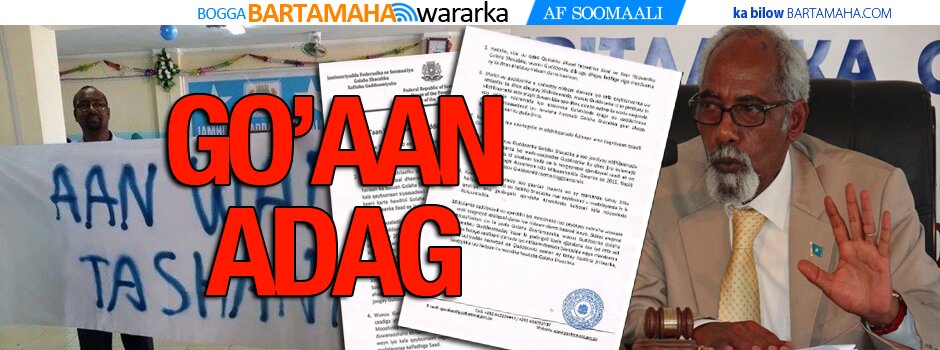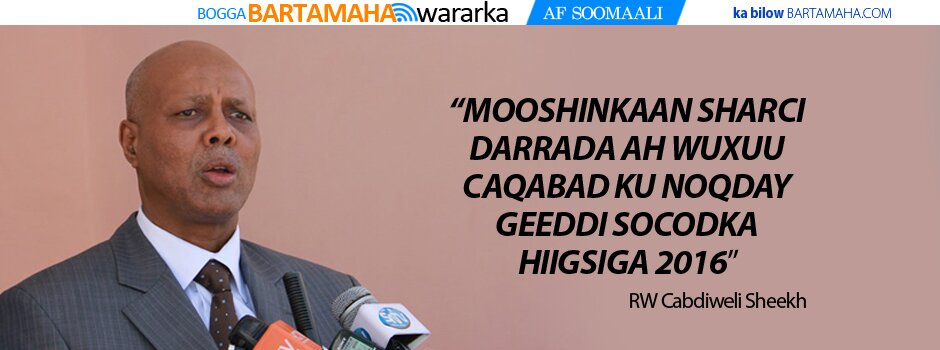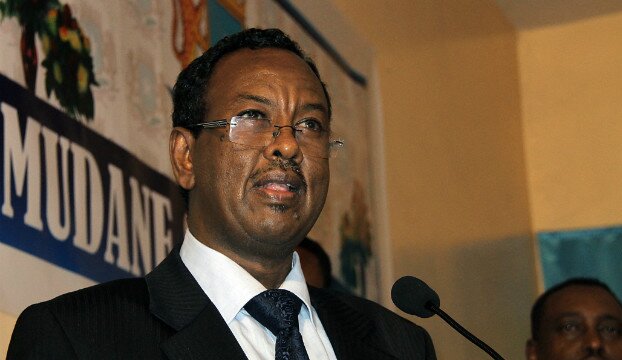Ethiopian forces return to Somalia
![]() MOGADISHU (AFP) — Ethiopian forces, who pulled out of Somalia in January, on Tuesday crossed back into the war-torn neighbour following a fresh offensive by rebels to topple the fledgling government, witnesses said.
MOGADISHU (AFP) — Ethiopian forces, who pulled out of Somalia in January, on Tuesday crossed back into the war-torn neighbour following a fresh offensive by rebels to topple the fledgling government, witnesses said.
But Ethiopia denied returning to Somalia.
Witnesses in Kalabeyrka village, about 20 kilometres (12 miles) from the border with Ethiopia, on Tuesday reported seeing troops in dozens of armoured vehicles mounting roadblocks.
“Ethiopian forces have been checking vehicles in the Kalabeyrka area. They were asking people where they came from but they were not arresting anybody,” said Abdurahman Afey, a truck driver.
Ethiopia’s state minister for communications Ermias Legesse told AFP: “No Ethiopian troops have entered Somalia.”
Another witness, Mohamed Sheikh Abdi said: “I have seen Ethiopian forces manning checkpoints in Kalabeyrka. They were many and there were also armoured vehicles including big trucks mounted with anti-aircraft weapons.”
While admitting that the situation in Somalia was deteriorating, Ethiopian Communications Minister Bereket Simon on Monday ruled out re-deployment.
“We are not contemplating going back there for the moment,” he said. “For the moment there is no immediate danger to Ethiopia.”
“There is no change in the situation,” added Legesse.
Kalabeyrka is located near Beledweyne, the regional capital of Hiran region in central Somalia, some 300 kilometres (185 miles) north of Mogadishu.
Beledweyne is controlled by militias loosely allied to Sharif’s government.
Fierce clashes between hardline Islamist insurgents and government troops erupted earlier this month and in two days this week the rebels have seized two key towns north of Mogadishu, sparking fears they would advance to Beledweyne.
The rebel onslaught has been led by the Shebab, a hardline faction accused of links to Al-Qaeda, and Hezb al-Islam, a more political radical group loyal to senior opposition leader Sheikh Hassan Dahir Aweys.
The fighting that began on May 7 has killed at least 110 people and displaced some 30,000, mainly in Mogadishu.
Government forces in the capital only control a compound housing the president’s office and a few ministry buildings, as well as the airport and the seaport, according to witnesses.
The international community has called for an end to the fighting, accused Eritrea of providing support to Aweys’ forces and urged all sides to spare civilians.
Ethiopian troops rolled into Somalia in late 2006 to buttress an embattled government against an Islamist movement then led by now Somalia President Sharif Shekh Ahmed and Aweys.
Their withdrawal sparked fears of a security vacuum as fighters of the toppled Islamist movement waged relentless battles against them, government targets and a small African Union peacekeeping force in Mogadishu.
While Sharif later joined a UN-sponsored reconciliation process and was eventually elected president in January, Aweys has remained in the opposition and returned from exile last month to challenge his former ally.
Insurgents now control much of southern and central Somalia, with forces loyal to the internationally recognised government pushed back to a few remaining pockets in Mogadishu and close to the Ethiopian border.
The Horn of African country has lacked a central authority since the 1991 ouster of president Mohamed Siad Barre sparked violence.
Comments
comments
 Calendar
Calendar





































